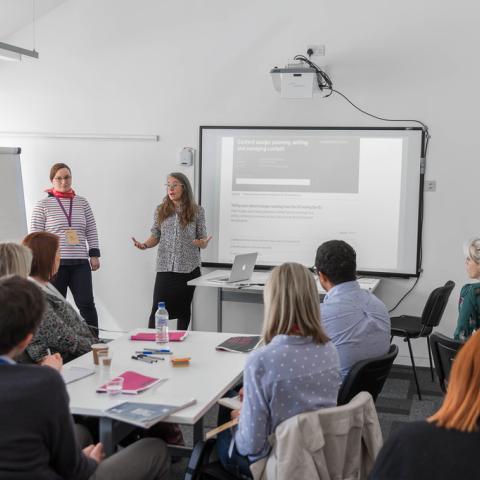Building an Afterschool Movement
Advocacy in your community comes in many shapes and forms. Potential advocacy strategies include:
Writing an op-ed: submit a written piece to be published by a newspaper to share your opinion to a broad audience. In addition to broadcasting your words to educate and inform the local community, publishing an op-ed can also be a way to reach and sway your legislators, who pay close attention to local news.
● Tips for Writing an Op-Ed
● Sample Op-Ed
Organizing a letter-writing session: writing to your legislator can be difficult if you are doing it on your own. Gather a group of friends, community members, and/or colleagues to come together and write letters to your legislators together. You can bounce ideas off one another, proofread each other’s letters, and provide support. Bring snacks too, of course!
Hosting a rally: There’s no better way to gain the attention of your legislator than making them the topic of a rally you hold outside their office or at a relevant government building. Engage in deliberate planning to create a clear, simple message and ensure a large turnout, and make sure to abide by rules and regulations put in place at your rally location.
Hosting a community teach-in or a training/workshop: One of the best ways to increase support for your cause is to educate and inform people about it. Present a powerpoint/pictures/stories at your local community center or library to teach others about the importance of your topic, or hold a facilitated discussion or conversation with community members to engage people with your cause.
Hold an “Advocacy Minute” at the beginning of a training, workshop, or speech:
● Provide your audience with the tools they will need to engage in a 1-3 minute action. These can be a social media graphic, a sample tweet, or an email template along with an email address (see the Social Media and Legislative Engagement sections of this toolkit for resources).
● Verbally explain and visually display the steps your audience will be taking to engage in. Make it easy and simply to avoid any possible questions or confusion.
● Display a timer (set it for 1-3 minutes, depending on the action) to set the tone for the advocacy activity and emphasize the urgency of the task (it should feel like an exciting moment!).
● Celebrate the completion of the task and explain the importance/impact of the action you just completed.
● Inform your audience about other advocacy resources your organization has available to prompt further engagement and action around the topic for those interested.
Register you and your friends to vote: Participating in local, state, and federal elections is a crucial form of advocacy. Successfully electing candidates that support issues important to you (such as afterschool access) can be an effective way to enact the change you want to see.
Make sure you and the people you know are registered to vote in time for the next election in your area.
● Register to Vote here: Visit the Minnesota Secretary of State’s (SOS) page to register to vote/find your voter registration status, check voter eligibility, review your voting rights, see answers to frequently asked questions, and more.
